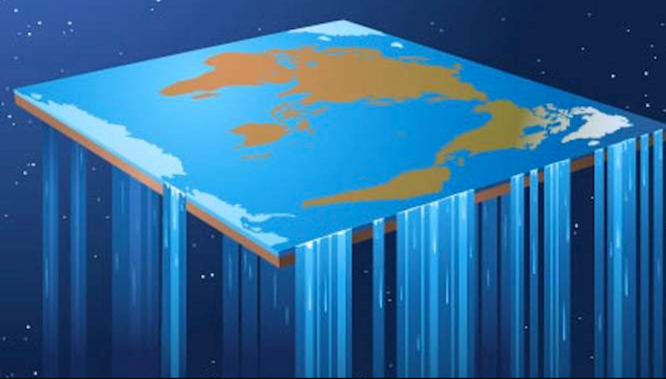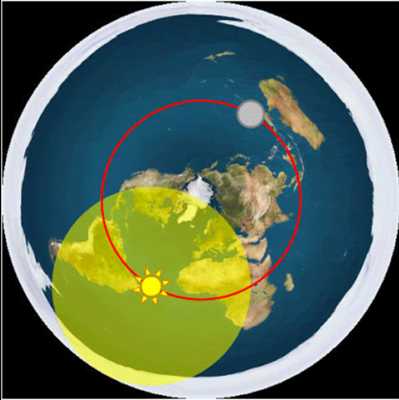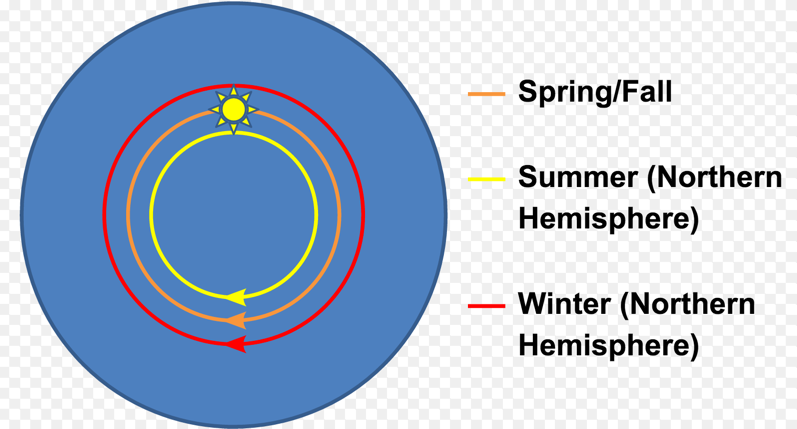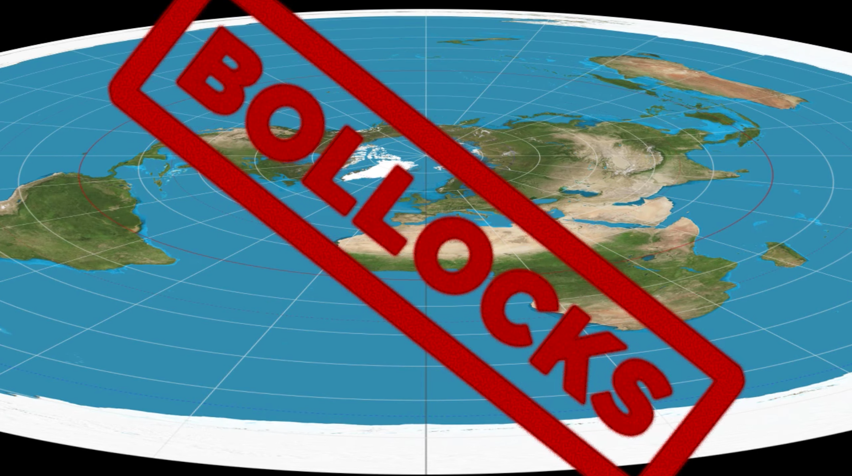Patricia Steere hypocrisy - caught deleting comments with opposing views to protect her flat Earth delusion
Dear Readers,
On more that one occasion Patricia Steer of YouTube channel "Fat Earth and other Hot Potatoes" has been CAUGHT deleting video comments that challenge her professed view that the Earth is flat.
See picture evidence below.
So why do people perpetuate all this flat Earth nonsense? It's not really about the Earth being flat or a Globe. It's about cultural and psychological characteristics of people.
How does a sane person believe the Earth is flat? To begin, this person is convinced by others that the Earth is flat. Humans characteristically dislike being wrong, so subsequent challenges to this belief are interpreted in a confirmatory manner. Individuals can address evidence of a round Earth with ad hoc hypotheses that are easily obtained from other flat Earthers. The curve of the horizon is caused by undulations in the flat Earth. Circumnavigation is just traveling in a circle. Each of these counterarguments further embeds the individual in the flat Earth view.
Finally, if the evidence becomes too condemning, one can summon a conspiracy theory that is impossible to debunk. Photographs from space are part of a NASA conspiracy. NASA maintains this conspiracy using money siphoned from the space budget to hide the faked moon landing.
Kyrie Irving’s belief in a flat Earth is just another pseudoscientific development in a society that encourages this type of thinking. People and politicians frequently undermine science and science journalism by arguing that these groups are plagued with self-interest and deception. By doing so, the psychological discomfort that might accompany being wrong can be wiped away. One only has to buy into a conspiracy that explains contradictory evidence and then communicate with like-minded people or news sources.
In psychoanalytic theory, ego defenses are unconscious processes that we deploy to diffuse the fear and anxiety that arise when who we think we are or who we think we should be (our conscious ‘superego’) comes into conflict with who we really are (our unconscious ‘id’).
Distortion, which is the reshaping of reality to suit one’s inner needs.
There are a great number of ego defenses, and the combinations and circumstances in which we use them reflect on our personality. Indeed, one could go so far as to argue that the self is nothing but the sum of its ego defenses, which are constantly shaping, upholding, protecting, and repairing it.
Denial is supposedly an unconscious rejection of an unpleasant event or idea when in fact it is an impulsive rejection of any event whether pleasant or unpleasant.
A defense mechanism or a defense of yourself happens by making an excuse for or denying that a thought and/or behavior existed or exists.
Telling the truth feels like giving up control. Often, people tell lies because they are trying to control a situation and exert influence toward getting the decisions or reactions they want. The truth can be “inconvenient” because it might not conform to their narrative.
It’s not a lie to them.
- - -
According to the Flat Earth Society's leadership, its ranks have grown by 200 people (mostly Americans and Britons) per year since 2009.
So why is this phenomena infecting American and British citizens mostly?
Human beings believed that the Earth was flat through the Middle Ages until Christopher Columbus set us straight in 1492.
To understand Flat Earthers, and other people who hold unconventional beliefs, we need to first consider what it means to “believe.” A belief is a cognitive representation of the nature of reality, encompassing our inner experiences, the world around us, and the world beyond. In 1965, Oxford philosophy H.H. Price distinguished between “believing in” and “believing that.” As summarized by John Byrne, author of the website Skeptical Medicine, “believing that” something is true is a relatively straightforward matter of looking at the evidence. “Seeing is believing” is one kind of “believing that.” In contrast, we “believe in” something when there’s no evidence and the belief isn’t falsifiable. Religious faith is a kind of “believing in.” Both types of believing are normal cognitive capacities, but can run amok when conflated, resulting in beliefs that are poor models of reality.
- - -
The sociologist Gordon Gauchat studied U.S. survey data from 1974 to 2010 and found some deeply alarming trends. Despite increasing education levels, the public’s trust in the scientific community has been decreasing. This is particularly true among conservatives, even educated conservatives. In 1974, conservatives with college degrees had the highest level of trust in science and the scientific community. Today, they have the lowest.
“Today, we have multiple factions putting themselves forward as what Gauchat describes as their own cultural domains, “generating their own knowledge base that is often in conflict with the cultural authority of the scientific community.” Some are religious groups (challenging evolution, for instance). Some are industry groups (as with climate skepticism). Others tilt more to the left (such as those that reject the medical establishment). As varied as these groups are, they are all alike in one way. They all harbor sacred beliefs that they do not consider open to question.
To defend those beliefs, few dismiss the authority of science. They dismiss the authority of the scientific community. People don’t argue back by claiming divine authority anymore. They argue back by claiming to have the truer scientific authority. It can make matters incredibly confusing.”
Science’s defenders have identified five hallmark moves of pseudoscientists. They argue that the scientific consensus emerges from a conspiracy to suppress dissenting views. They produce fake experts, who have views contrary to established knowledge but do not actually have a credible scientific track record. They cherry-pick the data and papers that challenge the dominant view as a means of discrediting an entire field. They deploy false analogies and other logical fallacies. And they set impossible expectations of research: when scientists produce one level of certainty, the pseudoscientists insist they achieve another.
The Mistrust of Science, by Atul Gawande, New Yorker Magazine
http://www.newyorker.com/news/news-desk/the-mistrust-of-science
Politicization of Science in the Public Sphere: A Study of Public Trust in the United States, 1974 to 2010
http://journals.sagepub.com/doi/abs/10.1177/0003122412438225
- - - - - - - - - -

- - - - - - - - - -

- - - - - - - - - -

- - - - - - - - - -

- - - - - - - - - -

- - - - - - - - - -

- - - - - - - - - -

- - - - - - - - - -







